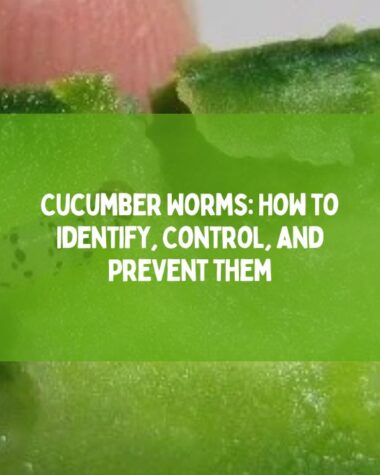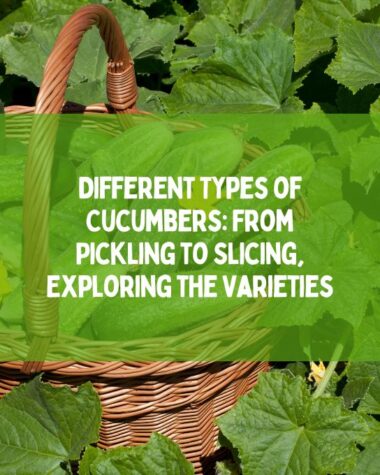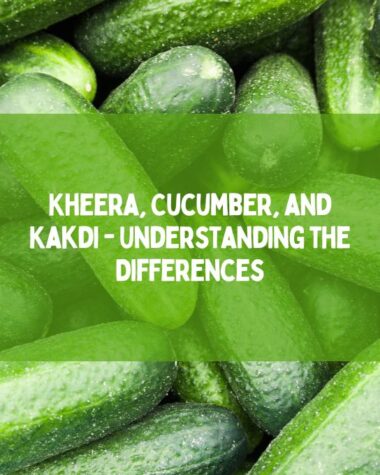Deformed cucumbers are those that have an abnormal shape and can result from several factors. These cucumbers might also have bumps, ridges, or other surface flaws that make them unattractive and occasionally challenging to use or sell.
Have you ever gone to harvest cucumbers from your garden and noticed misshaped cucumbers among them?
In this blog post, I will explore the causes of deformed cucumbers and what you can do to prevent them in your garden. Also, you can know whether you can eat these deformed cucumbers or not.
Let’s start talking about this subject.
What Are Deformed Cucumbers?
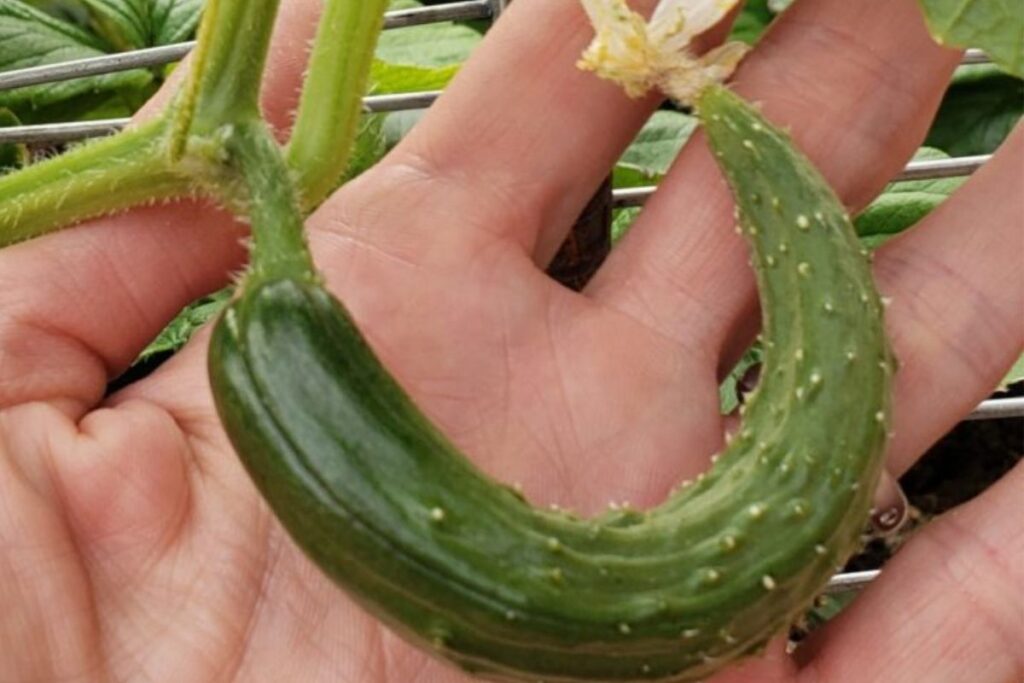
Cucumbers are typically long, green, and cylindrical. However, sometimes they become misshapen, and deformed fruit can be found on the vine. This happens for several common reasons, like not enough pollination, not enough food, pests and diseases, not enough water, or bad seeds.
Pollination requires both male and female flowers, as well as an insect or other pollinator to ensure the transfer of pollen from male to female flowers. If there isn’t enough fertilizer available, the cucumber plants can stunt and produce malformed cucumbers.
To keep the cucumber fruit from being misshapen, you need to pay close attention to each of these areas when growing cucumbers.
Is there any difference between misshaped cucumbers and deformed Cucumbers?
No, misshapen cucumbers and deformed cucumbers are the same thing. Both terms refer to cucumbers that don’t look right because of things like bad nutrition, pests, diseases, bad watering, bad seed quality, or even roadblocks.
Male flowers can also cause cucumbers to become misshapen or deformed if they are exposed to too much fertilizer.
Related Reading:
- Cucumber Plant Care Tips: How to Keep Your Plant Healthy and Happy
- Complete Aubergine Planting Guide: Tips and Strategies for Successful Cultivation
Reasons for a Deformed Cucumber
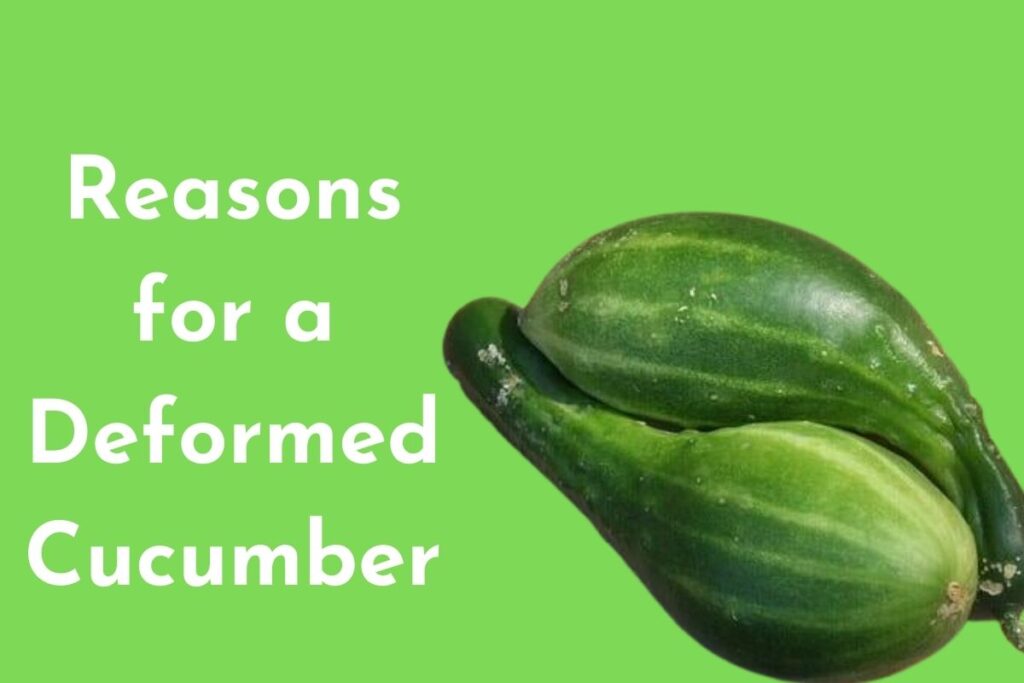
Many factors can cause a cucumber to become deformed. From environmental elements to pests and diseases, here are some common causes of deformed cucumbers.
Environmental factors
Many environmental factors can lead to deformed cucumbers. Too much or too little water, extreme temperatures, poor soil quality, and inadequate sunlight can all contribute to a deformed cucumber. Understanding the environment and making changes accordingly can help prevent deformed cucumbers from occurring.
Poor nutrition
Poor nutrition can cause cucumbers to become misshapen or deformed. This can happen if the plant doesn’t get enough nitrogen, phosphorus, and potassium, which are all important nutrients.
To prevent this, it’s important to make sure that the soil is properly enriched with these vital nutrients. It’s also important to make sure that the plants are getting the right balance of other necessary elements like calcium, magnesium, and sulfur.
Taking steps to improve soil nutrition can help ensure that cucumbers will grow correctly.
Pests and diseases
Pests and diseases can cause deformed cucumbers if left unchecked. Common garden pests like aphids, mites, and cucumber beetles are notorious for damaging cucumber plants, which can lead to misshapen fruits.
Diseases like powdery mildew, downy mildew, and bacterial wilt can also cause the fruit to become deformed. Keeping your garden clean and free of debris can help reduce the risk of these problems occurring.
Regularly checking your plants for signs of damage or infection is also an important way to prevent these issues from affecting your crop.
Improper watering
When cucumbers are watered improperly, they can become deformed or misshapen. Overwatering can cause the cucumber to swell and split while underwatering will cause the cucumber to shrivel.
You should water cucumbers thoroughly but avoid saturating the soil as this can lead to problems such as root rot and fungal diseases. Cucumbers need at least an inch of water each week and prefer deep, infrequent watering rather than frequent, shallow watering.
Poor seed quality
The quality of the cucumber seeds used can play a large part in the shape of the cucumbers produced. Low-grade or poor-quality seeds are more likely to result in deformed fruits.
Factors like incorrect storage temperature, poor germination, and lack of genetic diversity may all lead to deformed fruits. To prevent this, make sure to always buy good-quality seeds from a trusted source, and store them in a cool and dry place.
Temperature
Temperature is one of the most important environmental factors that can lead to deformed cucumbers. Cucumbers require temperatures between 60 and 95 degrees Fahrenheit to germinate and produce healthy fruits.
Too high or too low temperatures can cause poor pollination, resulting in deformed cucumbers. Planting cucumber seeds too early or late in the season can also lead to temperature-related deformities.
To prevent this, plant cucumbers in mid-spring when soil temperatures are ideal for germination. Be sure to mulch and water your plants regularly to help them maintain an optimal temperature.
Fertilizer
Fertilizer is a key factor in promoting healthy cucumbers and preventing deformed cucumbers. Cucumbers need a balanced fertilizer that contains nitrogen, phosphorus, and potassium.
Follow the manufacturer’s instructions when applying the fertilizer, and make sure the soil isn’t too wet. Also, check the pH levels of your soil to make sure they are right for growing cucumbers, and change them if you need to.
It’s important to monitor the amount of fertilizer you use, as too much can result in overfertilization and deformed cucumbers.
Related Reading:
Tips to Prevent Deformed Cucumber
Deformed cucumbers can be frustrating for any gardener or farmer, as they are not only unappealing in appearance but can also be difficult to sell or use. However, there are several ways to prevent cucumbers from becoming deformed and ensure a bountiful harvest.
Here, I’m going to provide you with some helpful tips and techniques that you can use to prevent deformed cucumbers in your garden or farm.
- Plant cucumbers in well-drained soil that is rich in organic matter. Provide your plants with a balanced fertilizer and ensure that they get plenty of sunlight.
- Monitor the soil moisture to make sure it does not become overly dry or wet. Adjust watering levels according to the plant’s needs, and try to water cucumbers in the morning to give them the whole day to dry out.
- Ensure that the temperature remains within an optimal range. Cucumbers do not like temperatures that are too hot or cold. Plant cucumbers when temperatures are mild and provide some shade during hot summer days.
- Try to avoid over-fertilizing your cucumbers. Too much nitrogen in the soil can cause the fruits to grow abnormally. Use a balanced fertilizer, and use smaller doses than recommended on the label.
- Control cucumber pests and diseases, as they can damage your plants and cause deformities in the fruit. Follow the directions on the labels of pesticides and fungicides, and rotate your crops to reduce the chance of an infestation.
By using these tips and tricks, you can stop your cucumbers from being misshapen and get a healthy, large harvest.
Can I eat deformed cucumbers anyway?

Though deformed cucumbers are not aesthetically pleasing, they are generally safe to eat. If the cucumber is misshapen due to environmental factors or poor nutrition, it should still be safe for consumption.
However, if the cucumber is deformed due to pests or disease, it is better to discard it. It is also important to inspect the cucumber thoroughly and make sure there are no blemishes or soft spots that may indicate a problem.
When in doubt, it is best to discard any deformed cucumbers.


